It's Time for an All K-Pop Demon Hunters Themed Weekly Geekly
Weekly Geekly Rundown for August 15, 2025
Housekeeping and My Fan Theory About K-Pop Demon Hunters
Okay, before we get too far down the rabbit hole into a fully K-Pop Demon Hunters themed Weekly Geekly Rundown, I need to get two bits of housekeeping out of the way. I first want to let you know that just because all of the sections I write will be related (in some way) to the new Sony Pictures Animation film on Netflix, the articles I share from LYT and others won’t be. I’m still all about sharing other people’s cool geek related articles and so the Film Cavalcade and Substackosphere and Blogoverse sections have a lot of interesting stuff not related to K-Pop Demon Hunters.
I also need to let those of you who’ve never read a “themed” Weekly Geekly before know how these things work. When I do a themed Newsletter, it doesn’t mean every section will be “about” the subject, but it does mean that every section will be related. For example, I recommend a movie as a part of every Weekly Geekly and the film I am recommending this week is related mythologically to K-Pop Demon Hunters but it isn’t the animated film itself. Obviously, I think you should watch the film or I wouldn’t be doing a themed Newsletter, but the movie connected with a lot of other things I love and has even inspired me to add a Korean Film and TV entry into my 5-Foot Long Geek Bookshelf though I’m now renaming that 5-Foot Long Geekshelf because not everything is books. My entries will include a role playing game I think would be perfect to use for running K-Pop Demon Hunter adventures (I’ll be emailing the company that makes the game to say they should do a Korean expansion), songs from the movie (okay those are spot on, but that’s because they are fire), and the film I mentioned earlier. So there will be some good stuff.
That leaves one final bit of housekeeping. Why did I choose to focus on K-Pop Demon Hunters as the theme for this week? After all, yesterday was Doc Holliday’s birthday and today is the birthday of Napoleon Bonaparte, Walter Scott, Julia Child, and Stieg Larsson each of whom could be the focus of a pretty interesting themed week. For the record, yes I did look up famous birthdays on the internet so that I could find that list, but that is something I do from time to time when thinking about whether or not I want a theme.
The answer to the question is simple. My daughters started their Senior year of high school on Wednesday and they wanted to have a final “movie night” with mom and dad Monday night. Jody and I jumped at the opportunity to spend any additional time with History and Mystery. Trust me when I say that any extra time a parent can get with their teenage children is a bonus and not something you take a pass on. There will be no Cat’s In the Cradle remorse if I can say anything about it, the dread of the empty nest is already bad enough and I’m going to use every opportunity I can. We asked what they wanted to watch and they said in unison, K-Pop Demon Hunters and so K-Pop Demon Hunters it was.
Before I tell you my fan theory, I’d like to direct you to two informational pieces about the film. The first is a video from a Korean language instructor who goes over some of the underlying cultural elements in the movie, like the symbolism of the Tiger and Magpie messengers in the film and what kind of spirits the “Demon Boy Band” Saja Boys are. The second is a good basic article about the Tiger, Derpy, that ran on Salon recently. You’ll probably want to watch these after you’ve seen the movie because try as they might, they do contain some spoilers. Reading and watching them after the film adds new layers and helped with the Fan Theory that I’m sharing below. That Fan Theory contains a pretty big spoiler, so skip it if you haven’t seen the film. I’ve put it below the video by the Korean language teacher and you can just skip it and go onto the next section if you haven’t seen the film. Once you’ve seen the film, come back and see what you think.
If you’ve seen the movie and watched the video above, you know that Jinu and his fellow Saja Boys are Jeoseung Saja (저승사자) which is often roughly translated as Grim Reapers because they are spirits who guide the dead to the Underworld. In K-Pop Demon Hunters, Jinu became a Jeoseung Saja anchored by his shame to serve the the demon lord Gwi-Ma and help Gwi-Ma feed on the souls of the living. That it is his shame that anchors him to Gwi-Ma is an important narrative point and it links him romantically and antagonistically to Rumi, the leader of the heroic K-Pop band Huntr/x whose songs protect the world from demonic invasion. Rumi’s shame is affecting her ability to sing and Jinu promises Gwi-Ma that he can use that shame to defeat her or even pull her into Gwi-Ma’s service.
There’s a great build up for a tragic tale there, but this is a romance and it’s one that reminded me of one of my favorite Korean action films Along with the Gods: The Two Worlds. The Along with the Gods series of films based on a webtoon series by Joo Ho-Min tells the stories of three Jeoseung Saja who seek to guide people through the afterlife and in the case of The Two Worlds (the first in the series) attain reincarnation. The Jeoseung Saja guide people through this process because if they can lead enough other people to reincarnation, they ensure that they will achieve their own. You see, each Jeoseung Saja in Along with the Gods has failed in some way. They are imperfect and that imperfection prevents them from reincarnating and they need to guide others before they earn that right. I almost selected Along with the Gods as this week’s film recommendation but I needed it here for the fan theory so you are effectively getting four film recommendations this week (yes that means my regular weekly recommendation features not one but two films). You really should check out Along with the Gods: The Two Worlds. It’s sequel isn’t quite as good, but it features Ma Dong-seok who I really liked in The Eternals and is worth seeing for that alone.
It is the anchoring sin of the Jeoseung Saja that is featured in both K-Pop Demon Hunters and Along with the Gods that made me realize that in one way, Jinu wasn’t ever really serving Gwi-Ma. Instead, he was fulfilling his purpose as a Jeoseung Saja and helping Rumi to face her shame and to become a paragon who can fulfill her destiny. When he (BIG SPOILER) tells her that she gave him his soul back, he is letting her know that him guiding her has allowed him to pass on and reincarnate. I know that this fan theory, where Jinu is subverting Gwi-Ma is combining two distinct mythologies (though the TV show Goblin/Dokkaebi aka Guardian: The Lonely and Great God has a similar story of healing that includes a Jeoseung Saja) and is just my head canon, but I like the thought of Jinu fulfilling his real destiny, even if he doesn’t realize he is doing it.
So your Fan Theory assignment is to watch K-Pop Demon Hunters, Along with the Gods, and the Goblin K-Drama television series and tell me what you think. Even if you disagree, I’m pretty sure you’ll thank me for directing you to those pop culture treasures.
LYT’s review of the recently released Red Sonja film is spoiler free and very candid with regards to the disappointment. That the studio only released the film for one showing on the past Wednesday is a sign that they thought audiences would agree with him. I shared all of my fears about the film in my Weekly Geekly where I discussed the trailer, but neither those fears nor Luke’s kind but negative review prevented me from pre-ordering the video. I’m a fan of Sword & Sorcery and I’ll take it where I can get it.
I have one slight quibble with Luke’s review. In it, he states “Red Sonja is very loosely a Howard creation, as he had a pirate character by that name; Marvel writer Roy Thomas adapted her into more of a female Conan who could serve as the latter's foil.” This is partially accurate. Luke is correct that Red Sonja isn’t an actual Robert E Howard creation and that she’s actually Roy Thomas’s. I discussed the origin of the character in fairly good detail at the end of the Red Sonja section of my past Weekly Geekly. While I mentioned the story “The Shadow of the Vulture,” I don’t think I put enough emphasis on the fact that that story takes place at The Siege of Vienna and that Red Sonya of Rogatino (Howard’s had a Y) is not a pirate. Dark Agnes de Chastillon comes closer, and is also a red head who might have also influenced Red Sonja, but neither one is actually a pirate. The female pirate that most often comes to mind in Robert E Howard’s stories is Bêlit the Pirate Queen from “Queen of the Black Coast.” Mark Finn is much more an expert in things Howardian though, so if I got anything wrong there he can correct me.
It’s a minor quibble though and Luke’s article and discussion of how the film could have been better, and how it could have been worse, is very much worth a read.
Scott Mendelson reminds us that Sofia Carson is proving again and again that the world is still willing to watch good romantic films (of the comedic and non-comedic variety) if they have the right script and cast. Carson’s Netflix films are a step above the typical Netflix romance and a lot of that has to do with the fact that Sofia Carson is the real deal. Ever since I first saw her in The Descendants, where she played the daughter of Snow White’s Step-Mother, I’ve been a fan. She stole the show and she keeps proving again and again that she’s a hard working actress who delivers artistically and commercially.
Robert Walrod is continuing his series on the mythological inspirations for various Pokémon characters this week with his discussion of Vulpix and Ninetales. That reminds me, I need to open my two daily packs on Pokémon TCG Pocket. Let me know if you play and maybe we can be “friends” in the app. Robert gives a good discussion of Kitsune, a creature I first learned about in at Dungeons & Dragons rulebook, and their relationship to these particular pocket monsters. One of his commentators mentions Naruto having a connection to Kitsune…and boy does it ever (No Spoilers). I really enjoy reading articles that connect pop culture to older mythology.
Speaking of tying pop culture to older mythology, Dr. Rebekah King is one of the Substack masters of this kind of analysis. Her current horror moments series is an examination of folk and mythological horror elements in the Sopranos series. This week’s article zooms in on the Sopranos’ answer to Jacob’s Ladder, where the main character proceeds through a purgatorial experience. Dr. King mentions that stories about “morally compromised characters who know, deep down, that if there is a heaven, they are unlikely to have earned a place” are among her favorite depictions of the afterlife and I am of an inverse sentiment.
I tend to like tales where morally compromised characters discover there is always the potential for salvation available. Whether it’s the aforementioned Jacob’s Ladder, David Drake’s novel Redliners (which is metaphorically about an afterlife), the Along with the Gods I discussed in my fan theory section, or Odysseus own journey to Hades when he encounters the shade of Ajax and sees first hand the damage his deceptions can cause to even heroic characters. I think I prefer the idea of three badass magic weapon wielding Grim Reapers fighting the demons of Hell to protect my soul as I process all the sins I’ve committed, but I’d settle for Dr Frank Reeves in A Matter of Life and Death.
Dr. King’s essay is filled with powerful examples of evil people facing their death and the consequence of how they lived and it’s very much worth a read. I’ve mentioned before, and I’ll mention again, that my introduction to fantasy and science fiction was in the post New Wave era. My childhood fiction was filled with deconstructive representations of the heroic like Elric and Corum, subversions of the religious as in Moorcock’s Behold the Man which I found in the middle-school library and read young enough to upset many a worried parent, and films like Race with the Devil and The Devil’s Rain. Most of these featured what I like to call “the 70s ending” where evil triumphs, or at minimum you have a comedy of the absurd ending, and for me those innovative and cliché breaking endings are the cliché. The “transgressive” is to me the “reactionary” and staid.
When I see good triumph over evil, which is often rare in more modern literary fiction and film, I find it novel and counter-cliché. If you read my fan theory above, you’ll see how it involved the happy ending being a subversion by the Grim Reaper of an attempted subversion by the Demon Lord.
Mage Advice thinks that K-Pop Demon Hunters might be the perfect role playing game campaign and has written an article about how you can create this kind of adventure and storytelling at your own game table. I particularly like the first piece of campaign advice the Mage says using a Band on Tour is a great structural basis for a campaign. One of the underexamined part of the Dragonlance saga was when the Companions were a wandering circus where Raistlin performed magic and “magic” to the wonder of audiences. It’s used primarily as a “here is how the companions got from place A to place B” device, but it could have been the entire book. As for me, well I did base an entire spy role playing game campaign on my head canon that The Police (the band) were really in the employ of the CIA. After all, drummer Stewart Copeland’s father, Miles Axe Copeland Jr., was a founding member of the CIA and what better cover for espionage than a rock band playing in West Berlin so they can sneak across the border?
Retroist provides what is not quite a defense, but is certainly not a negative screed, of a film about which Michael Caine famously said, "I have never seen the film, but by all accounts it was terrible. However, I have seen the house that it built, and it is terrific." As Retroist points out, Jaws: The Revenge is an odd entry in the series. I watched it a couple of years ago when Jody and I did a Jaws marathon. Let’s just say that I kind of like the conceit that a shark is attempting revenge against against the Brody family. It adds a supernatural element to the franchise that could have resulted in a lot of fun.
Crystal Lewis has another useful RDM Weekly out this week included a highly opinionated cheat sheet for best practices using the R programming language. Let’s just say that every time I open an ANES data set, or God forbid the current Parent/Child Socialization Transmission data set I’m working with, I wish that there had been things like this when these data sets were created. I hate having to spend so much time renaming data columns so that when I come back to the data at a later date, or for a later paper, I don’t have to go back through the data dictionary to match obscure names like Q1a4.3.c to the correct construct. Yes, Crystal’s advice in creating data dictionaries has helped me automate the renaming process, but I wish they’d used sensible names to begin with. Then again, for the Parent/Child data set, they were using punch cards, so I’ll be a little forgiving.
GMaia has an interesting discussion of one of the oddest books ever published by a role playing game company. Most of the books published by game companies, even when they are based on real mythology/magic, are filled with game mechanics and have transformed the original texts into game usable material. That’s not what Authentic Thaumaturgy does at all. It is the book that Jack Chick warned you about, and that Rebekah King would have on her shelf even without a role playing game book, because it’s about how to bring REAL magic into role playing games.
The Mage, at Mage Advice, argued that K-Pop Demon Hunters was perfect for a role playing game setting, but now it’s time to find the perfect game and that was extremely easy to do. That game is Atlas Games’ Feng Shui role playing game. The introduction from the first edition of the game explains, in part, why the game is such a great fit. It’s not just because it’s a game designed to capture the kinds of action featured in East Asian cinema, though it’s partly that, but also because the game is extremely easy to play and learn.
The basic mechanics are that a player rolls two six-sided dice, one a positive die and one a negative, and they get a result from -5 to +5 that they add to their skill in a particular area, and most player characters are extremely skilled in some areas. The combat and damage system are fast and furious and the list of abilities is extensive.
Most importantly, the game has a system for determining who controls various sites of power in order to exert influence over a particular era in time. This system allows, and encourages, play in several time periods and has mechanics that match K-Pop Demon Hunters’s Honmoon magical barrier. In the case of K-Pop Demon Hunters, the Honmoon closes off the overworld from the demons of the underworld and in Feng Shui control of Chi sites attunes the world to the desires of those who control the sites allowing them to block out invaders from the Netherworld or other time periods. The variety of classes and abilities would allow players to create their own band members and fight against demon hordes seeking to feed on the souls of mankind. Are Hunters Magic Cops? Martial Artists? Masked Avengers? Ninja? Redeemed Pirates? That’s up to you.
Okay, this is just straight up songs from K-Pop Demon Hunters. I’ve limited it to three, but the film has a lot of excellent songs. “How it’s Done” is one of the first songs in the film and it highlights the combination of music, magic, and martial arts that make Huntr/x so amazing.
“Golden” is the song that is supposed to save the world. It’s supposed to be the song that finally closes off the Honmoon and seals the world away from evil, but…
No list would be complete without a song from Saja Boys and their introductory song “Soda Pop” combines the sinister with the catchy. There’s a ton of subtext in the song to the real motivations of the band that the audience is completely oblivious to, but the writers knew what they were doing when they wrote the lyrics.
As I watched K-Pop Demon Hunters twice this week, yes I’ve watched it twice already, I was thinking about which Korean films I could introduce my daughters to that would be a good sampling of the unique and wonderful entertainment coming out of the country. The girls have the music covered and our family drives been filled with K-Pop and J-Pop songs for a while now. One of the advantages of signing your kids up for a Japanese Dual Language program when they were in elementary school is that you get to listen to a lot of fantastic music you’d otherwise miss. One of the disadvantages is their German speaking father and French speaking mother have no idea what they are saying.
I was pretty sure my daughters wouldn’t have an interest in The Host, though it’s a personal fave, and I am not as high on Oldboy as most American cineastes, but I was able to come up with three that I thought they’d really like. The first was Along with the Gods, but I mentioned that earlier. That movie blew me away, but it wasn’t the first Korean film to have that effect on me. The first Korean film that I added to my list of perfect films was Il Mare.
Il Mare is a 2000 Korean romantic drama that was the inspiration for the Keanu Reeves and Sandra Bullock film The Lake House. Look, I love me some The Lake House, but it’s only a 3.5 to 4 star romantic film. Il Mare is a perfect film. Lee Jung-jae is fantastic as Sung-hyun, Most Americans know Jung-jae for his work in Squid Game or The Acolyte, but his work in Il Mare is subtle and heartfelt. All of the elements that worked in The Lake House work here, but the magical conceit and the dog are better done here. Cynics be warned. This is a romance and it has a happy ending, a beautiful one.
While Oldboy (2003) set the standard for brutal action for many American action fans, the 2010 Lee Jeong-beom production The Man from Nowhere combines brutal fast paced action with a sense of loneliness and sorrow that allows for redemption and I find it to be a far superior film. The knife fight between Won Bin and Thanayong Wongtrakul is one of the best martial arts sequences ever filmed. Won Bin plays Cha Tae-sik, a man with a tortured past who just wants to disappear into the shadows and wither away. He is a veteran who’s service to country led to the death of his family. In his mind, the world would be better without him, but then he meets a young girl named So-mi. So-mi’s life is nothing but misery. There is one moment, one of the saddest moments I’ve ever seen in film, when So-mi tells him how she feels in a scene before she is kidnapped. She tells him that as miserable as her life is, that Tae-sik has hurt her more than anything she ever felt but that even that pain won’t make her hate him.
Mister? I embarrass you too, right? That's why you ignored me? It's okay. My teacher and all the kids do that too. Mom said that if I get lost, I should forget our address and phone number. She gets drunk and says we should die. Even though that pig called me a bum... you're meaner. But I don't hate you. Because if I do, I won't have anyone I like. Thinking about it hurts me here. So I won't hate you.
It’s a heart wrenching moment, but it’s a moment that explains why he feels motivated to murder each and every person he kills in the movie. This is Taken if Liam Neeson’s character was an angry god of death. Tae-sik is an unstoppable force and nothing will stop him from saving So-mi when the Drug Lord kidnaps her. When he believes the drug lord has killed her and taken her eyes, the rage on display is fully righteous.
After this slaughter, he has truly become death and become unyielding and unstoppable in the knife fight with the drug lord’s most skilled assassin.
The Man from Nowhere is quite simply one of the best action films I’ve ever seen. It’s well written, well acted, and uses music and silence like a weapon.



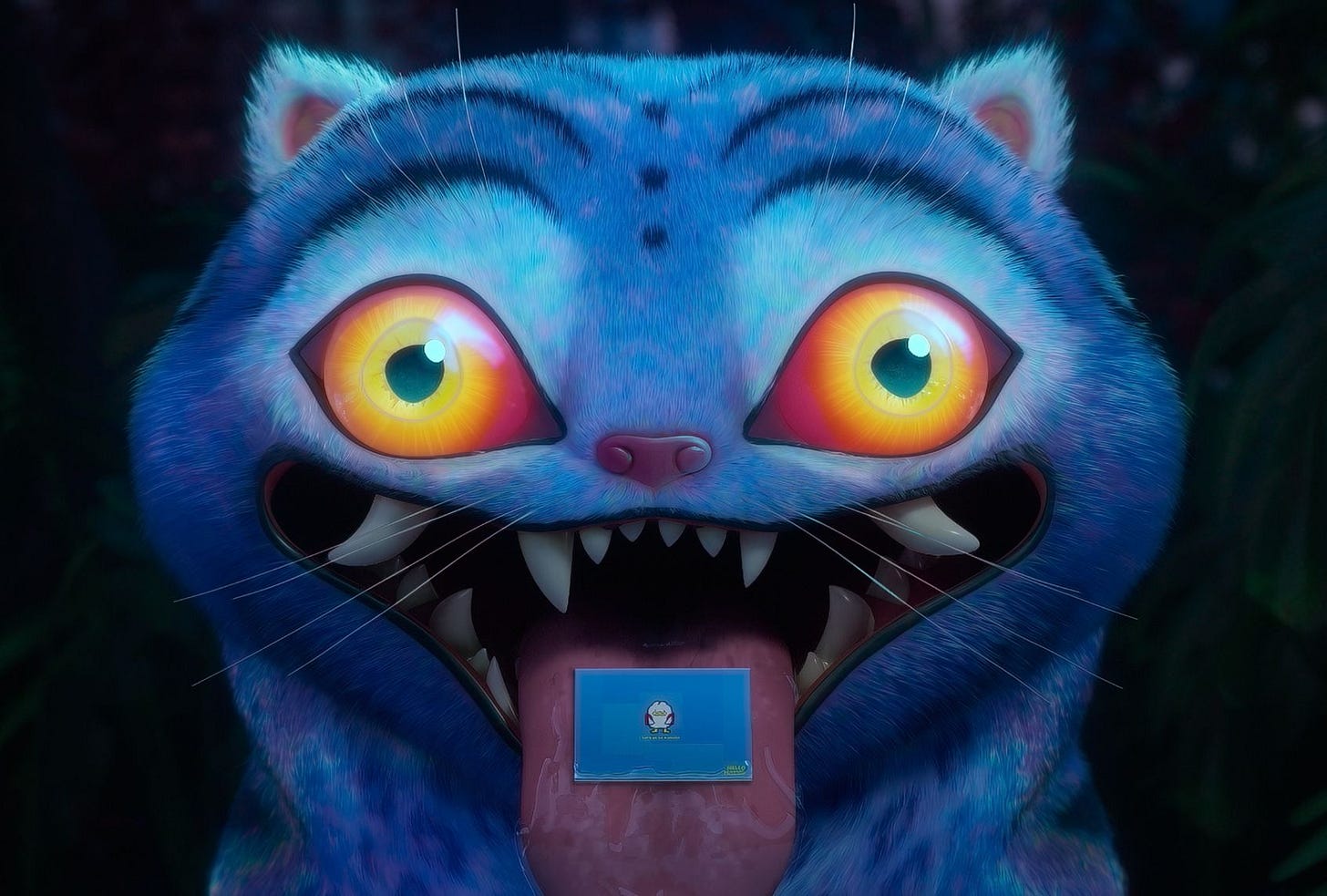












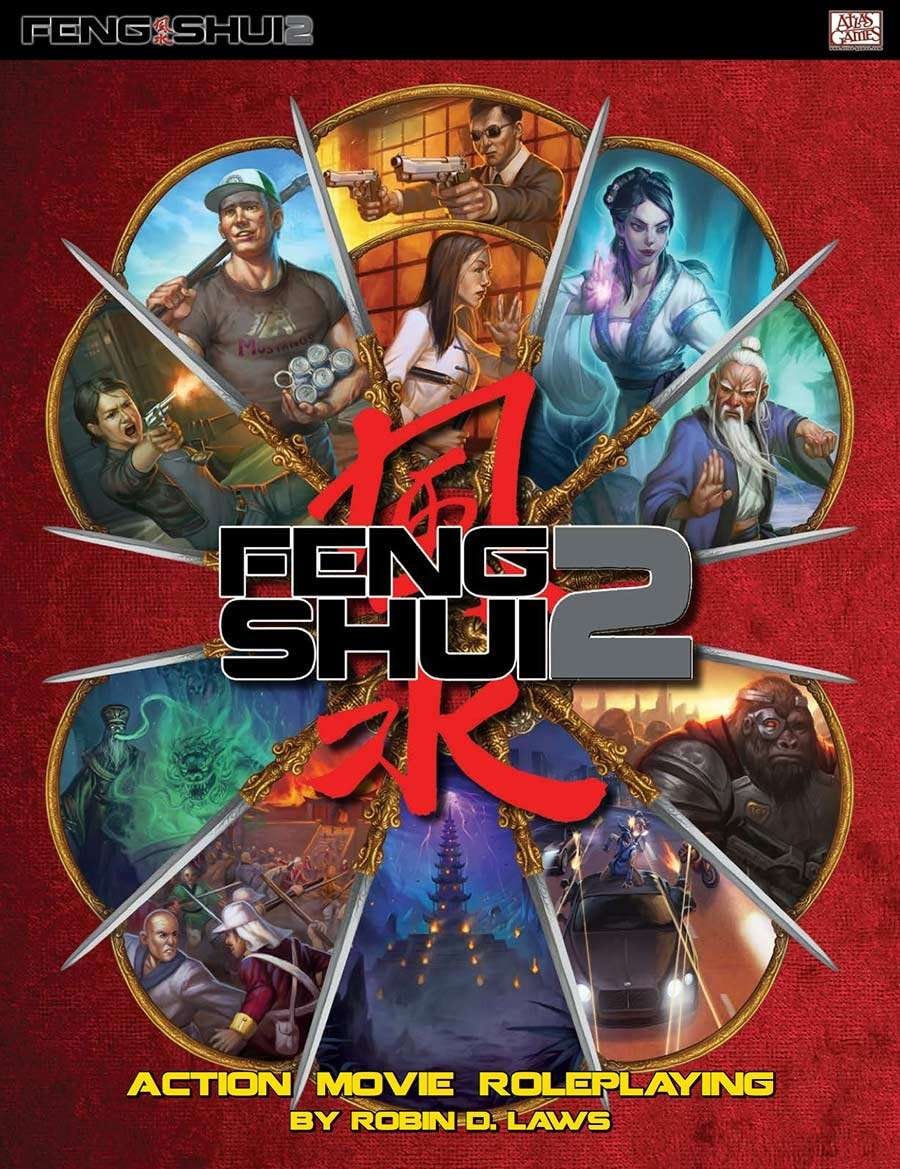
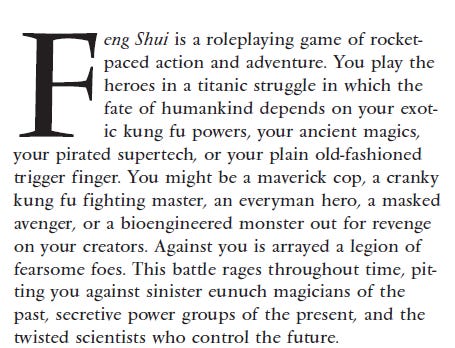
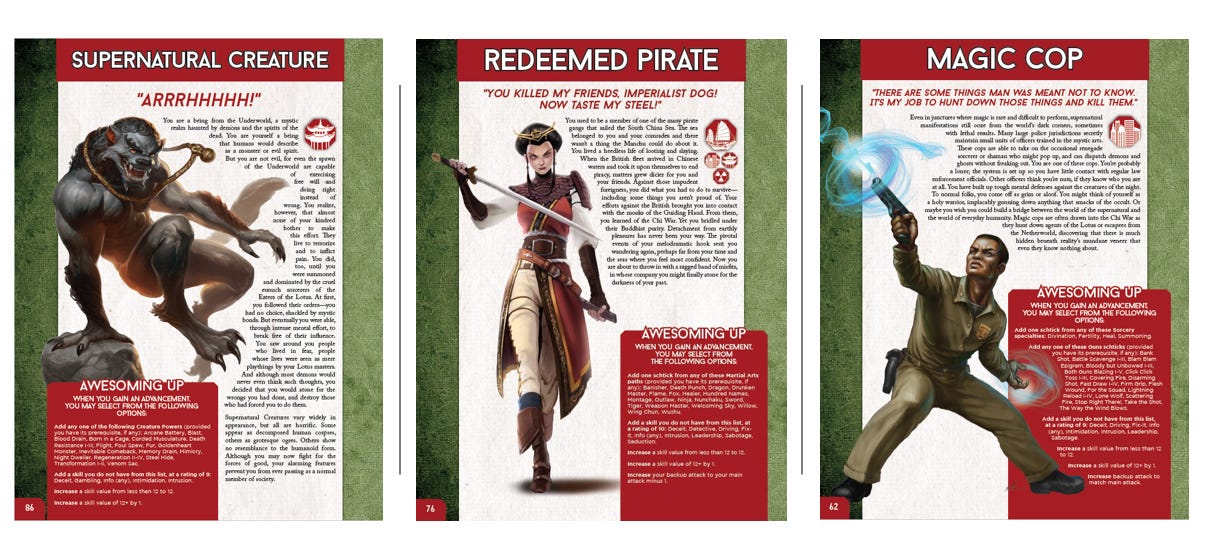


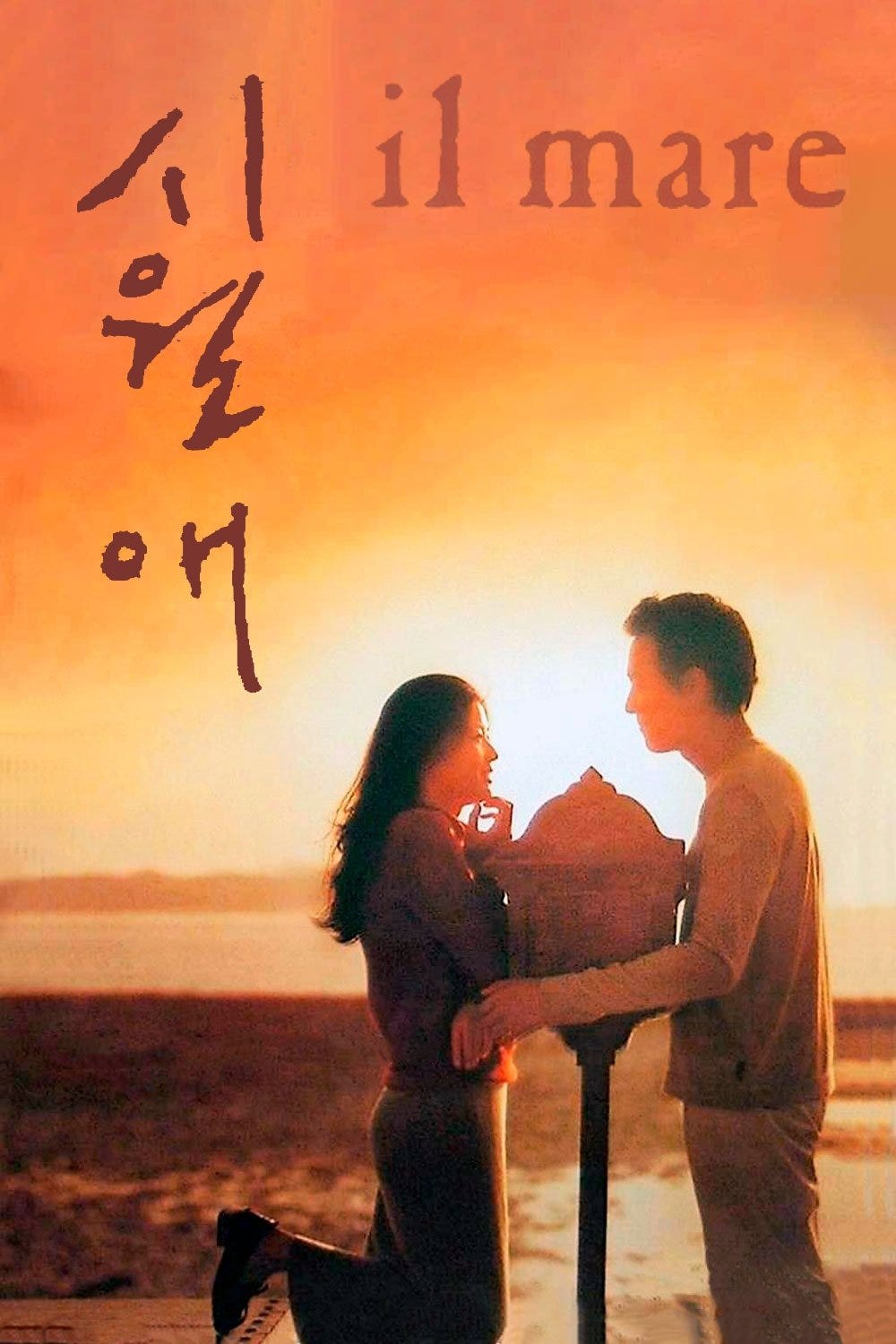
Thanks for including me! Great read.
I've watched Goblin twice now - or is it 3 times - and Along With the God's 1 and 2 are on my Viki watchlist. Now I'm motivated to binge all three!!